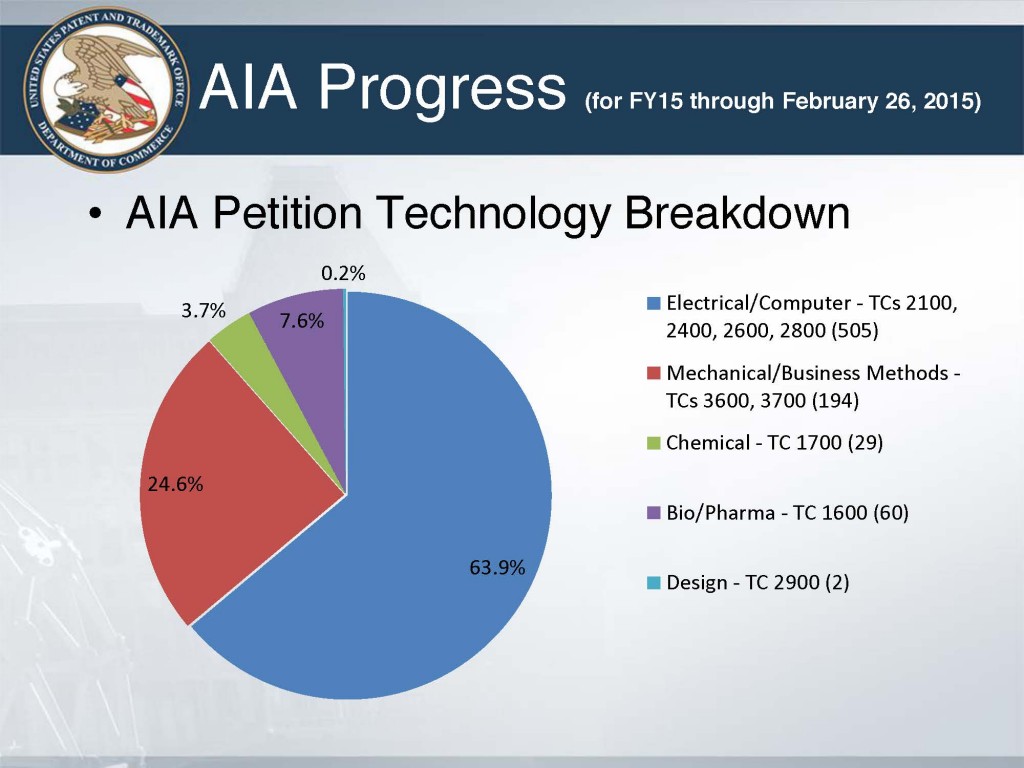Why Are California Patent Cases Declining?
March 3, 2015
In a very interesting report by Erin Coe of Law360 today, we learned that Law360’s data shows a 30 percent drop in California federal courts in 2014. The report shows a drop in California federal patent complaints from 876 filed in 2013 to 612 filed in 2014. The article reports speculation among prominent IP lawyers that litigants may be taking cases that are vulnerable to Alice challenges to federal courts in other states that are less likely to invalidate using Alice.
The report also credited inter partes review (IPR) for changing patent litigation. Some attorneys were quoted saying that IPR has moved patent litigation from the courts to the U.S. Patent and Trademark Office. Others noted that IPR is forcing patent owners to make more careful assessment of their patents before initiating patent assertions.
One attorney interviewed speculates that the drop in filings may have been particularly severe for software and business method cases due to the strong presence of software and business method technology in California and the likelihood of filing such cases in California. But one could say the same thing for IPRs and CBMs of these technologies, because of the large percentage of EE, computer, and business method patents in review before the PTAB:
So is the drop of patent litigation filings in California more likely a result of Alice, or is it more likely a result of AIA patent trials? It will be hard to know the answer to that, at least in the near future, because parties may decide not to file a patent infringement case for a number of reasons:
- Settlements to avoid an Alice district court challenge,
- Settlements to avoid an IPR, CBM, or PGR challenge, and
- Resolution of rights from IPR/CBM/PGR proceedings before a suit is filed.
But, of course, there are other reasons. Parties may delay litigation due to recent patent law decisions and wait to assert patent rights if a more favorable litigation prospect is envisioned in the future.
Back to All Resources


